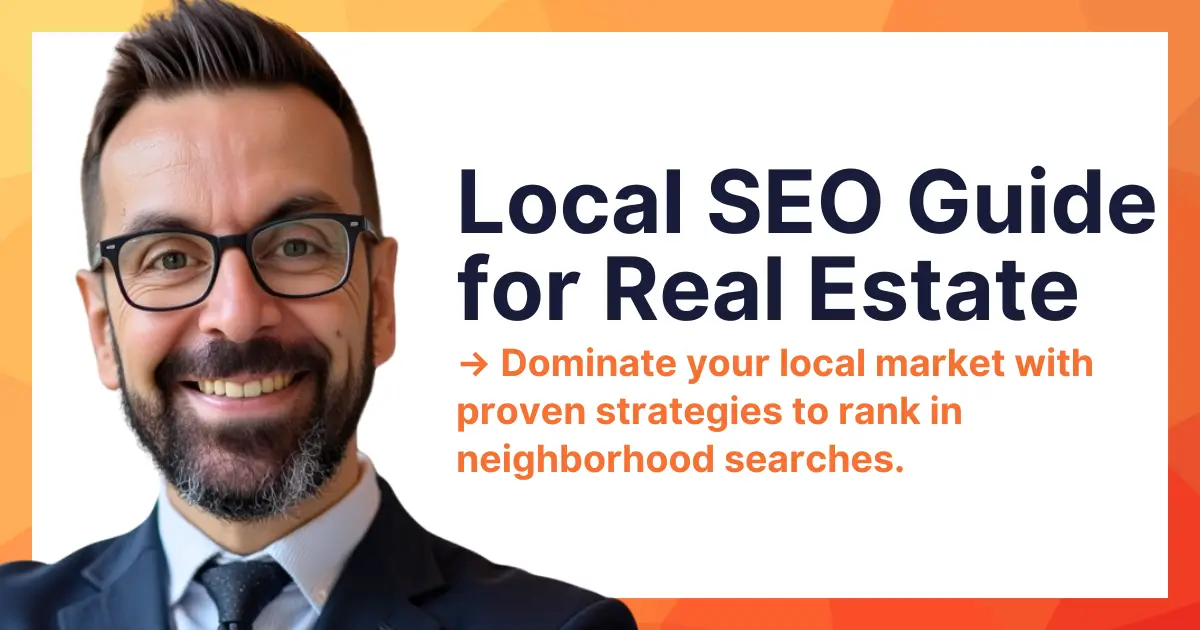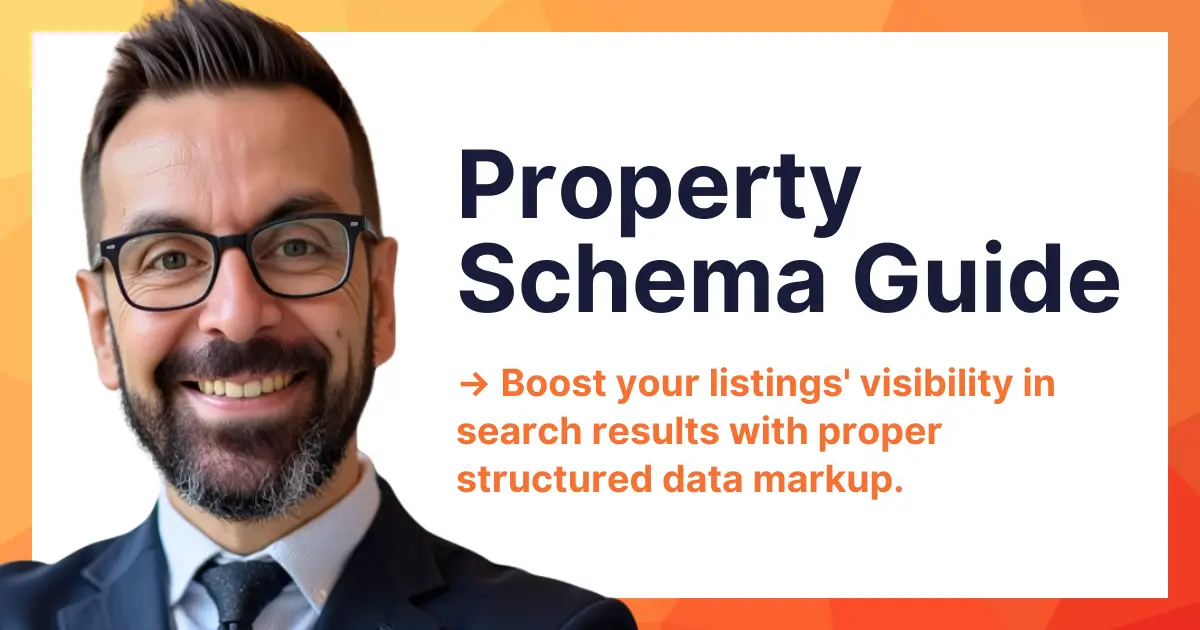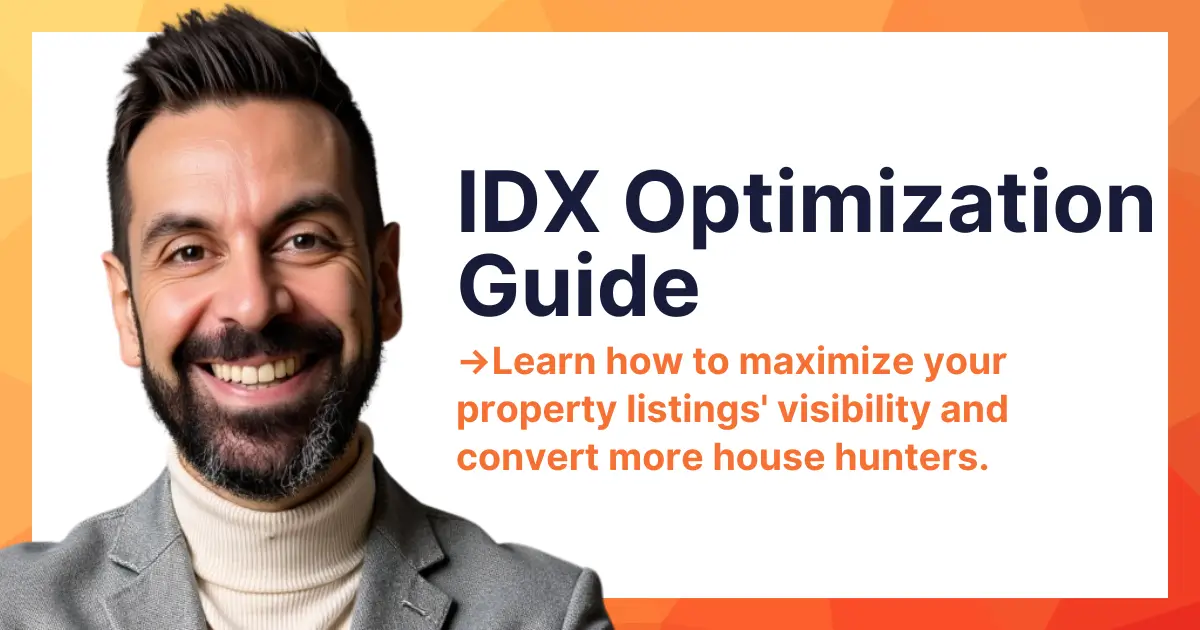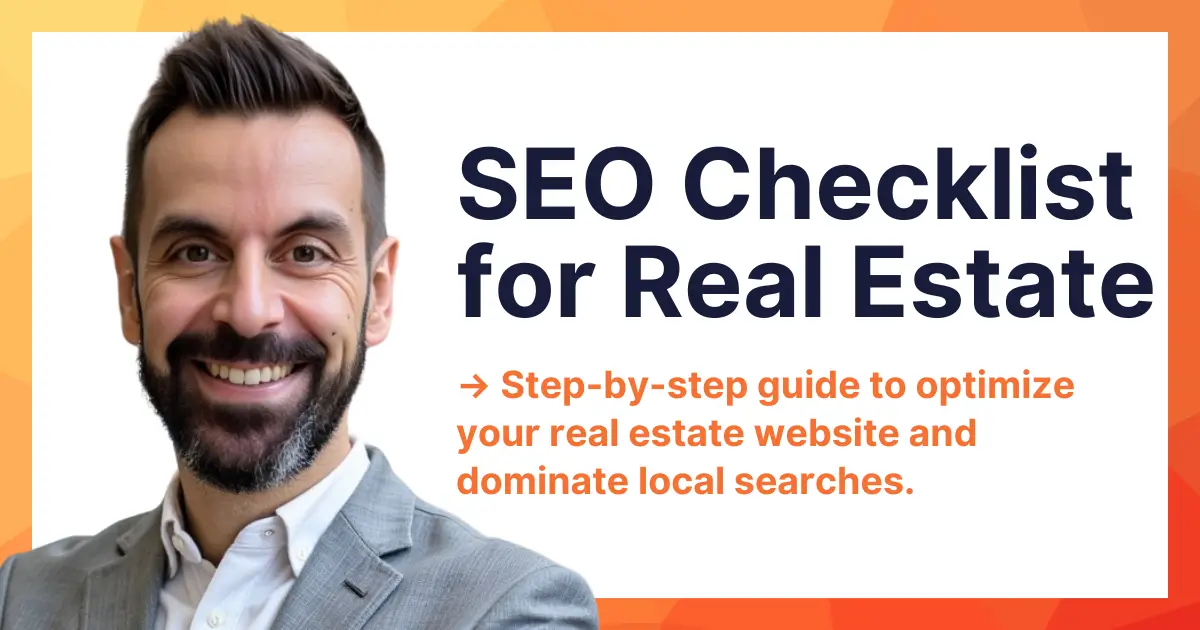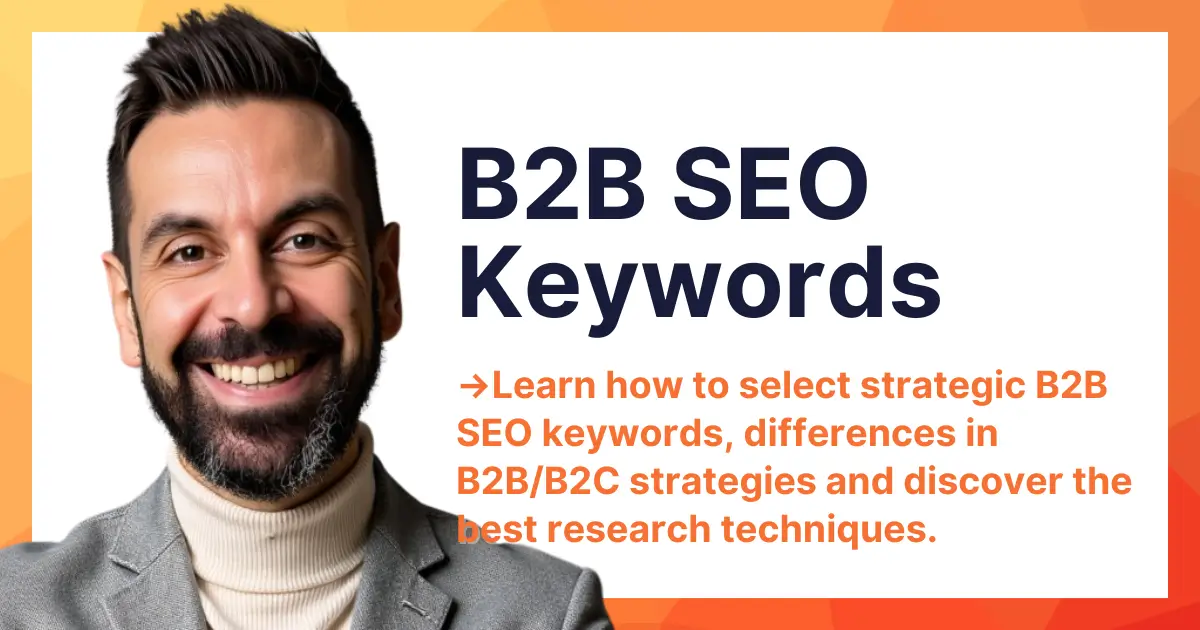A well-crafted real estate content strategy can attract ideal clients who recognize your expertise and feel comfortable entrusting you with major decisions. In an industry driven by trust, an engaging, down-to-earth approach can make a big difference when clients decide between you and another agent. They want information, solutions, and confidence. When your content answers their pressing questions and helps them move forward, you earn the role of trusted advisor.
This guide outlines how you can plan, create, and promote content that builds credibility and drives new business. Each section begins with a short explanation of its focus, followed by concise insights you can act on. A concluding paragraph in each section ensures you leave with clear takeaways that move you closer to your ultimate goal: standing out in a competitive field and turning curious visitors into satisfied clients.
Why a Strong Content Strategy Matters
Real estate involves big financial and emotional decisions. Clients look for agents who can ease their concerns and help them make informed moves. Creating high-quality content is an opportunity to show expertise, reinforce trust, and boost visibility in a crowded market.
Building Trust Through Content
People naturally have reservations about choosing someone to guide them through buying or selling a property. If you share clear facts about topics like pricing strategies, mortgages, or the closing process, you show that you value transparency. Potential clients see your in-depth knowledge and start to view you as their problem solver. You become more than a salesperson pitching listings. You become a resource who can simplify complex steps and address specific challenges.
Drawing Local Attention
An effective real estate content strategy connects you with your local audience. Many leads begin their property search online and read articles or watch videos before deciding on an agent. If you provide relevant information first, they tend to contact you instead of a competitor. You can highlight the best schools in a specific neighborhood, the typical time it takes to sell in your region, or the amenities that boost home values. This neighborhood-focused approach amplifies your credibility, because you demonstrate genuine knowledge about the places you serve.
A thoughtful content strategy that shares practical insights and builds trust helps you capture more leads. You go from being a name on a sign to a recognized authority that homeowners and buyers remember. Each piece of content that you create becomes part of a larger plan to position you as an approachable and knowledgeable professional.
Understanding Your Audience and Finding Your Brand Voice
A real estate agent who produces random blog posts or scattered social media updates may confuse potential clients. A consistent, recognizable voice is essential for showing the real personality and approach behind your business. You also need clarity about the types of clients you want to work with, such as first-time buyers, luxury investors, or retirees looking to downsize.
Identifying Your Core Audience
You probably serve different client segments, but you might focus on first-time buyers who need hand-holding, mid-career professionals aiming to upgrade, or families searching for the perfect school district. Understanding their anxieties and questions helps you create content they actually value. You might develop an article that answers, “How do I improve my credit before buying?” or a video explaining, “Why families love living in [Your City].” Tailoring material to these groups means they see content created specifically for them, and they think, “This agent gets me.”
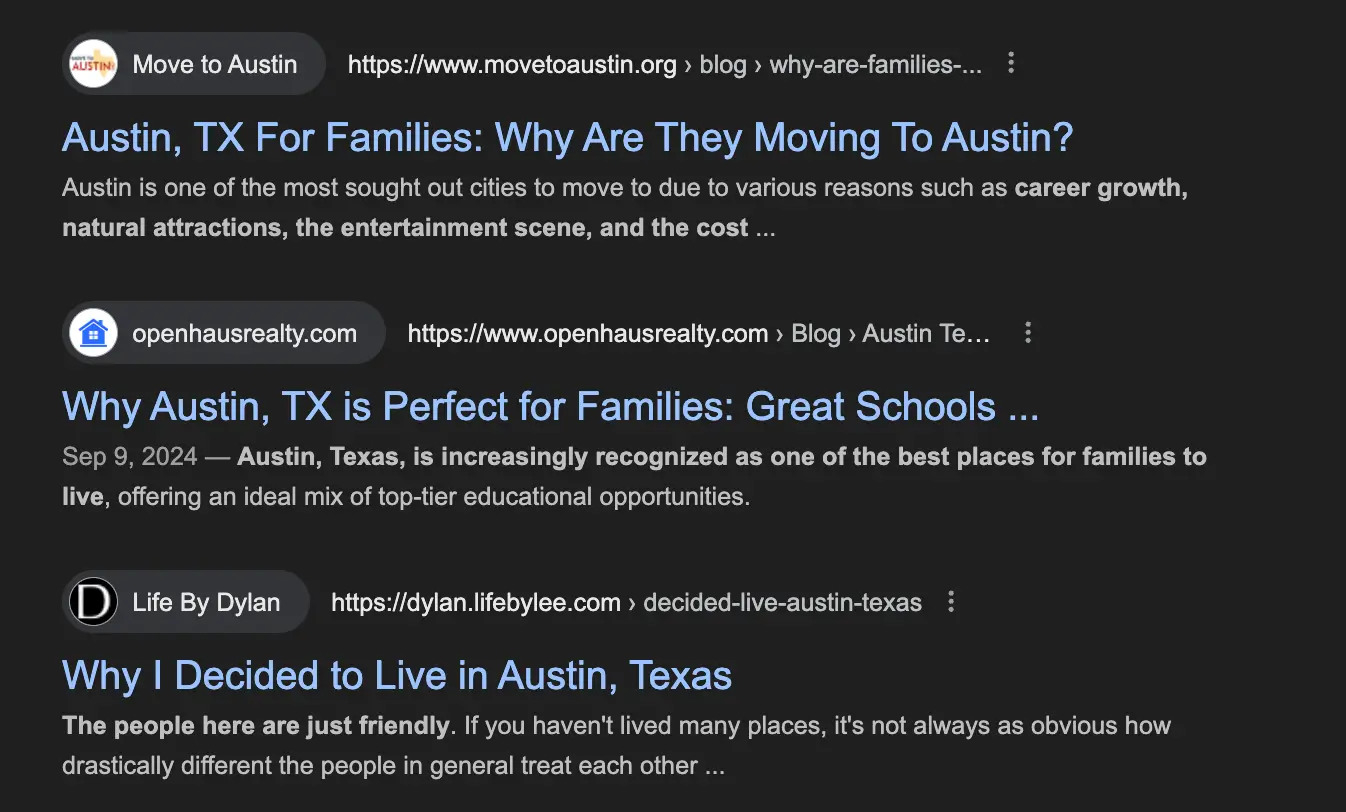
Defining Your Personality
Your tone sets the stage for how people perceive you. A calm, reassuring approach can comfort an anxious first-time buyer. An upbeat or bolder style might resonate with those in fast-paced markets. You might also reflect local culture—if you live in a laid-back beach town, your brand voice can incorporate a sense of warm informality. If you serve high-end luxury clients, a polished, detail-oriented style might fit better. A consistent voice, whether it is warm and friendly or sharp and data-driven, provides continuity across blogs, social media updates, and newsletters.
Knowing your audience and fine-tuning your brand voice help you create material that resonates with the right people. When you speak to a defined group using a style that feels natural and consistent, your content becomes more memorable. The next time potential clients think about real estate, they recall your articles, videos, or social posts and contact you for their needs.
Planning Content That Educates and Converts
You might have a wealth of real estate knowledge in your head, but your future clients do not. Content planning is about breaking down your expertise into user-friendly information. People want to learn how to set an asking price, secure a loan, or evaluate inspection results. This is your chance to show that you can deliver answers they find genuinely helpful.
Selecting Engaging Topics
Your content should address real questions. Think about the inquiries you hear most often. That might include “What does a closing process look like?” or “How can I make my offer more appealing in a competitive market?”
Transform those recurring topics into how-to guides, short videos, or listicles. If many buyers in your area are dealing with bidding wars, you can create a step-by-step article titled, “Winning Strategies for Multiple-Offer Situations in [Your Market].” Or, if you want to reach luxury buyers, focus on topics like, “What to Know Before Purchasing a High-End Home.”
Examples and Action Steps
Your audience might understand a concept better when you include concrete examples. A short story about a successful home sale can illustrate the value of proper staging. A real scenario on how you negotiated a lower interest rate can show how it pays to work with someone who has local lender relationships. You can then follow up with an action step, encouraging them to ask themselves key questions or to download a short checklist. These specific prompts make your content practical and give prospects a next move.
Planning content around your audience’s needs and pairing it with examples and action steps creates a satisfying experience. People see you as a guide, not a salesperson. When you position your material to address pressing questions and illustrate your points with straightforward stories, you earn a reputation for authenticity and expertise.
Choosing Formats and Channels That Suit Your Market
People consume content in different ways. Some prefer a quick infographic, others love a detailed blog, and many gravitate to short video tours. A wise content strategy aligns the chosen format with your strengths and the expectations of your audience.
Popular Formats to Consider
- Video Home Tours
These can be live streams or recorded walkthroughs that highlight a property’s design, neighborhood, and unique features. Potential buyers enjoy a sneak peek before scheduling an in-person visit. - Neighborhood Guides
These might include a blog post about local hotspots or an infographic detailing average home prices, school ratings, and commute times. This type of content is shareable and cements your status as a local authority.
Promotion Channels That Work
Some real estate agents thrive on Instagram because visuals and short videos suit their brand. Others find success with a dedicated YouTube channel for longer tours or talk-show-style chats about the housing market. LinkedIn might fit your style if you often work with corporate relocations or professional investors. Email newsletters are effective for regular updates on market trends or new listings. The real value is in focusing on one or two platforms that feel right, refining them, then gradually adding more as you grow confident in your approach.
Matching your content format to an audience’s preferences helps you meet clients in the spaces they already use. Selecting channels that highlight your strengths means you are more likely to deliver material that resonates. Whether it is a high-quality property tour on YouTube or a breezy Instagram post about weekend open houses, choose formats that keep you consistent and memorable.
Local SEO and the Power of Community-Focused Content
Real estate is inherently local. People often search for homes or agents in specific towns, zip codes, or neighborhoods. When you optimize your content for local searches, you are more likely to appear in front of the exact buyers and sellers you hope to attract. Community-focused material can also go viral among local residents who share your content because it highlights places and events they love.
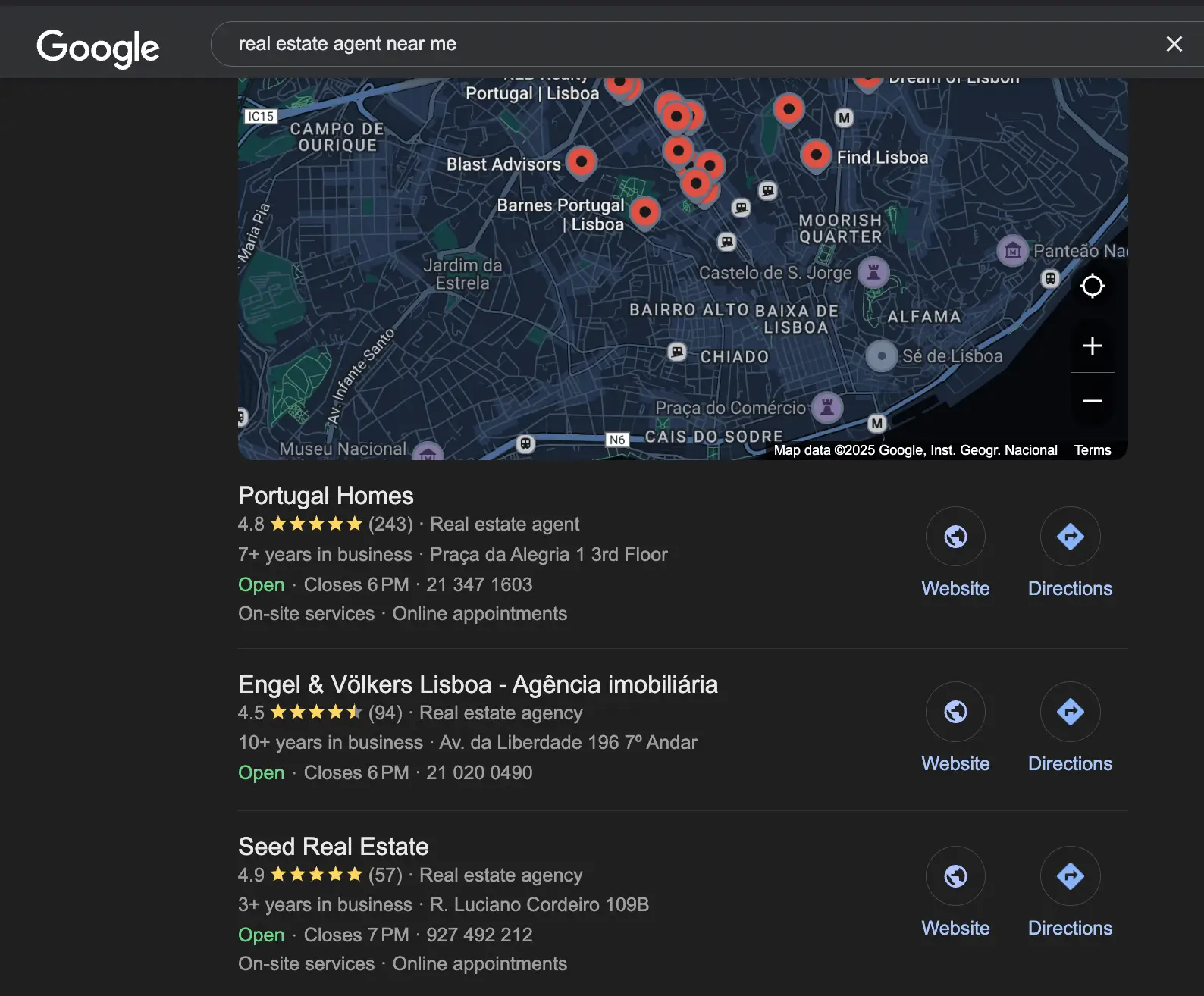
Keyword Research for Your Neighborhood
Look at how people search for real estate in your area. They might type “homes for sale in [Town Name] near the riverwalk” or “condos in [Neighborhood].” If you create content around these specific phrases, you improve your chance of popping up in search results. For instance, you could write a blog post titled “Essential Guide to Buying a Condo in [Neighborhood]: Prices, Amenities, and More.” That approach targets precise searches from individuals who are ready to move forward.
Community Engagement
Being part of the local conversation shows that you are not just an agent looking for commissions, but a real participant in the community. You could feature a write-up on a local festival, interview a small business owner, or record a short Q&A video with a local mortgage broker. When the community sees you shining a spotlight on their town’s events or businesses, they are more willing to trust and recommend you. They see you as someone who wants everyone to benefit, not just yourself.
Optimizing for local searches and engaging the local community positions you as the go-to agent in a specific area. You rise above the generic “buy with me” pitch by delivering content that puts your town’s needs first. This approach makes you more visible in search results and keeps you top of mind whenever property changes hands in your region.
Showcasing Results, Testimonials, and Social Proof
Buying or selling property is a major life event. Clients feel more at ease when they see others had great outcomes with you. Featuring success stories, genuine quotes, or short video testimonials reduces uncertainty. People realize you have helped clients like them handle tough negotiations or navigate complicated mortgage requirements.
Highlighting Client Success
Long success stories can discuss the main obstacles you overcame and the techniques used to achieve a smooth closing. These might include an instance where you staged a property in a unique way to catch a buyer’s eye or leveraged local lender relationships to secure favorable financing. Each success narrative ends with a positive result that future clients want for themselves. That outcome might be a faster closing, a higher final price, or a standout deal that beat the competition.
Authentic Testimonials
Real people talking about their experiences carry weight. If you record a short clip of a satisfied seller at their freshly sold home, it can resonate on social media. Prospects trust the voice of an everyday homeowner more than polished advertising. To keep your testimonials concise, encourage past clients to explain their main problem, how you solved it, and why they feel grateful for your work.
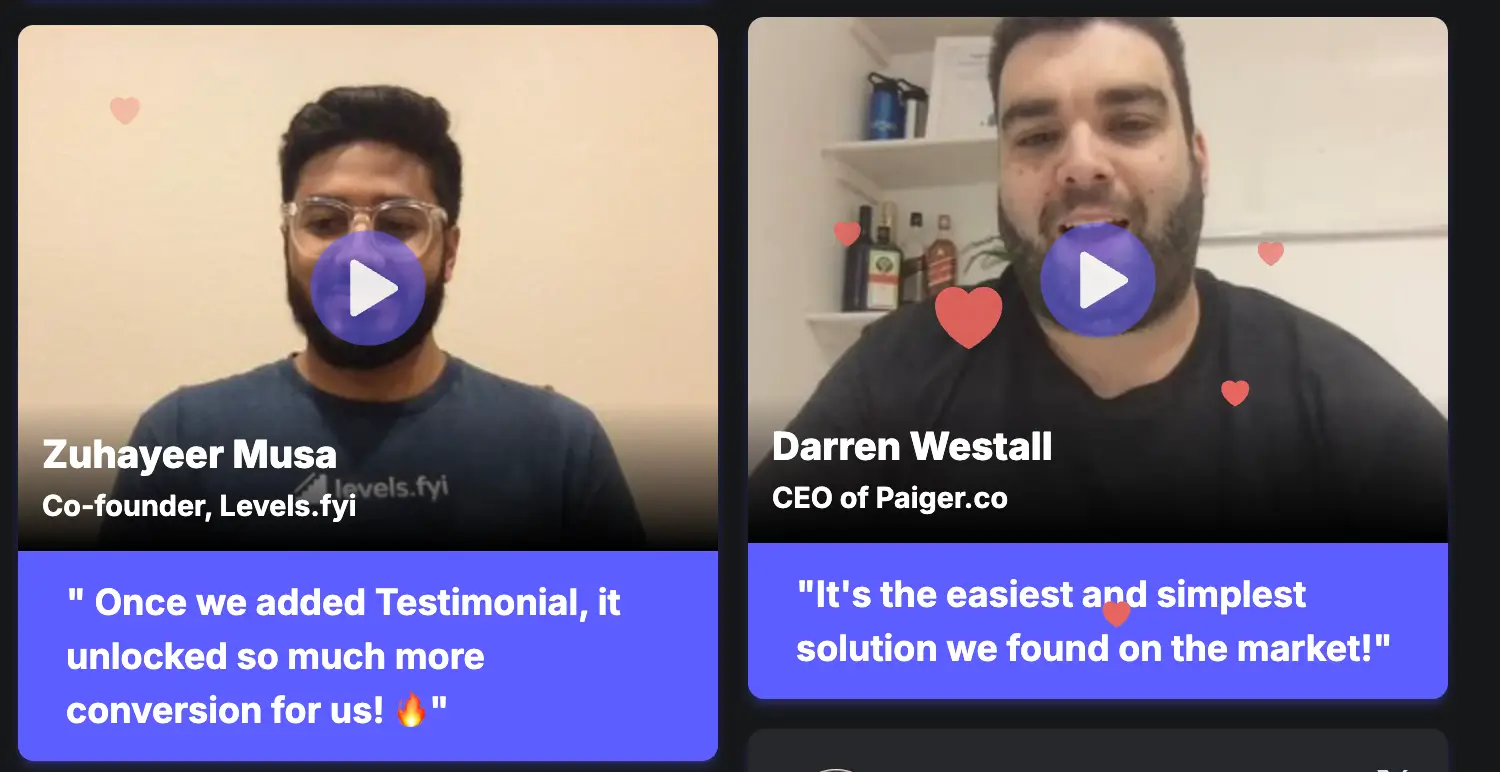
Social proof demonstrates you can achieve what others promise but rarely deliver. When you clearly communicate these successful outcomes, prospective buyers or sellers imagine themselves in your happy client’s shoes. Sharing real, personal stories or heartfelt testimonials assures leads they can have the same positive journey if they sign on with you.
The Right Mix of Evergreen and Timely Content
Real estate is not just about current trends or quick bursts of hot news. Some principles remain relevant for years, while others shift based on market conditions or new legislation. Evergreen pieces have a long shelf life, such as “How to Prepare for an Inspection” or “Tips for Getting Pre-Approved.” Timely articles or videos address pressing developments, like new tax incentives or abrupt changes in interest rates. Balancing these two content types ensures you always have fresh updates while maintaining a library of reliable resources.
Evergreen Content for Ongoing Traffic
Topics that stay constant in real estate help you attract a steady flow of visitors. A piece discussing “Steps to Secure a Mortgage with a Low Credit Score” continues to draw attention whenever someone faces that challenge. An article titled “How to Choose the Best Realtor in [City]” remains compelling throughout the year. If you update these assets periodically with fresh data or recent client stories, they remain relevant for the long run.
Timely Posts for Market Shifts
Addressing sudden developments catches the eye of prospective clients who follow market news. You might post a video on the latest interest rate hike or a piece on the effects of a new local zoning rule. These updates signal that you keep your ear to the ground. When major changes happen, you demonstrate your ability to adapt and inform your clients right away. This timeliness can bring extra engagement during crucial moments.
A blend of evergreen and timely content amplifies your authority. The evergreen portion draws consistent traffic and showcases your core knowledge, while the timely updates highlight your vigilance and responsiveness. You become a go-to resource for both enduring guidance and urgent market news.
Crafting a Simple Content Calendar and Promotion Plan
A scattered approach to content creation can leave you feeling overwhelmed and your audience confused. A content calendar is the backbone of an organized real estate content strategy. It helps you plan topics, schedule publishing dates, and match each idea to the right channel. A well-tuned promotion plan ensures you get maximum visibility from each post, video, or infographic.
Mapping Out Your Calendar
Start by picking a realistic publishing pace. Maybe one blog post and one short video a month fit your schedule better than trying to publish weekly. Next, decide on topics ahead of time. For instance, you can devote a month to “Getting Pre-Approved,” covering subtopics in short bursts on social media. The following month might focus on “Home Staging Hacks,” where you show quick tips or local success stories. This planning keeps you consistent without feeling rushed.
Promoting Your Content
Many agents create a great blog or video, then barely share it. After publishing, you can repurpose that content:
- Post quick clips of a video on your social platforms, directing viewers to watch the full version on your website.
- Summarize your newest blog post in your monthly newsletter, letting people click through if it piques their interest.
These small but intentional moves expand your reach. People consume content on different platforms, so you gain more impact when you spread your message across channels you already use, like Facebook, YouTube, or an email list.
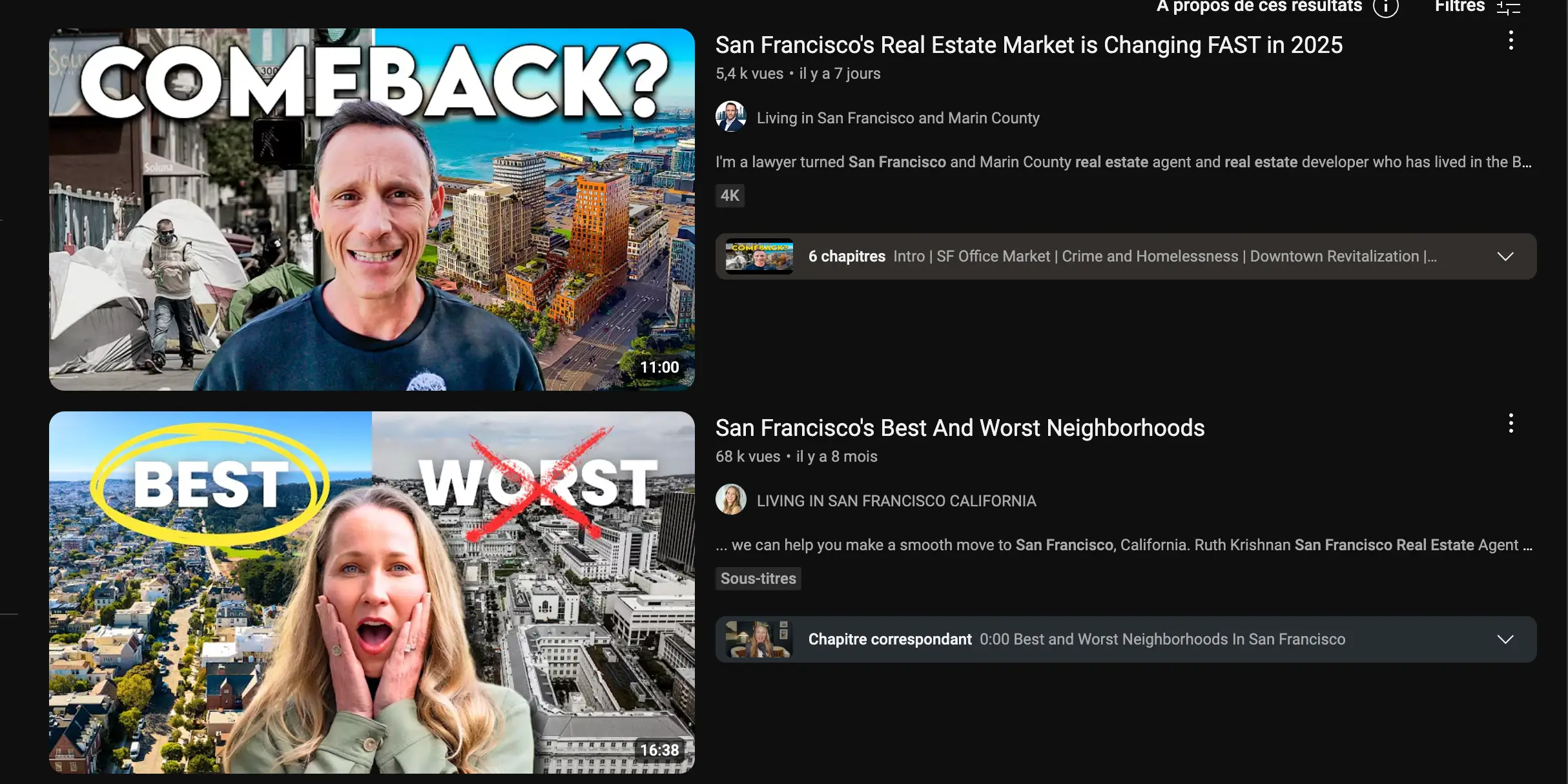
A well-organized calendar keeps you focused, and a strong promotion plan makes sure your content does not fade into the background. When you plan topics, space out deadlines, and repurpose your best pieces, you build momentum that brings a steady flow of engagement. With that consistent presence, you place yourself top-of-mind for anyone thinking about real estate in your area.
Staying Consistent and Adapting to Market Shifts
Real estate markets can pivot quickly. Economic factors or changing preferences might transform a seller’s market into a buyer’s market without much warning. Staying consistent with your content while staying open to change helps you handle these shifts and remain relevant.
Monitoring Trends
A solid content strategy is never static. It includes tracking local inventory, days on the market, and price fluctuations. When a significant trend emerges, you can craft a short update explaining how it affects both buyers and sellers. This responsiveness shows you are in touch with realities on the ground. People will seek your opinions because you provide timely, straightforward insights instead of outdated advice.
Avoiding Burnout
Staying consistent can be challenging. You do not want to feel overwhelmed with endless production. It is often helpful to plan content a few weeks in advance while giving yourself room to add or shift a piece if major news breaks. You might also brainstorm smaller micro-topics you can discuss in two or three paragraphs for quick social posts, so you stay visible on busy weeks.
Consistency builds trust because people see you as a reliable voice, while adaptability shows you can handle sudden changes in the market. Together, these traits position you as a steady resource for prospective clients. When you watch trends, share quick updates, and keep your messages coming at a steady pace, you show genuine commitment to serving the local market’s needs.
Putting It All Together
A real estate content strategy, done right, can shift your reputation from one agent among many to a known authority. You gain the leads you want and cultivate professional respect. Every blog post, testimonial, or community highlight becomes an asset that continues to work for you long after the initial publish date.
Tying Your Strategy to Real Results
You might share a success story showing how a past client sold their home in two weeks thanks to your marketing plan, then link to your article on “Secrets to Fast Sales in [City].” That draws people into your best educational material, which nudges them closer to hiring you. You can also collect data on conversions, site traffic, and social mentions to see which pieces perform best. Doubling down on effective topics or formats yields a stronger return on your efforts.
Next Steps for Growth
As soon as you see steady engagement, think about your next phase. Maybe you want to start a local webinar series, team up with a home-staging professional, or collaborate with a mortgage broker for a co-created blog post. You can post short local business spotlights to deepen your community connections. Each new partnership or idea becomes another way to stay front and center for homeowners, investors, and renters.
All these elements fit together to build a content ecosystem where your audience sees you as a reliable guide. Your articles, videos, and social posts keep them informed. Your success stories and testimonials win their confidence. Your strong local knowledge assures them you are the real estate agent who understands their goals. When you stay committed, you achieve a stronger online presence and a steady flow of qualified leads looking for someone they already trust.
Final Thoughts
Putting a real estate content strategy into action requires planning, consistency, and an authentic style. These efforts pay off by earning you trust, building recognition, and attracting more business without feeling pushy. Each piece you create can solve a challenge, inspire confidence, or spark curiosity in a way that sets you apart from agents who still rely on generic marketing.
You have the power to show the benefits of working with an agent who listens, cares, and has proven experience. From quick local market snapshots to polished video tours, your content library can draw prospects in and turn them into loyal clients. When you continue sharing meaningful, community-focused information, you become a vital presence in your market. People see you as the friendly expert who will guide them through one of life’s biggest choices, and that is the ultimate goal of a real estate content strategy done well.
You can learn more with these articles:





